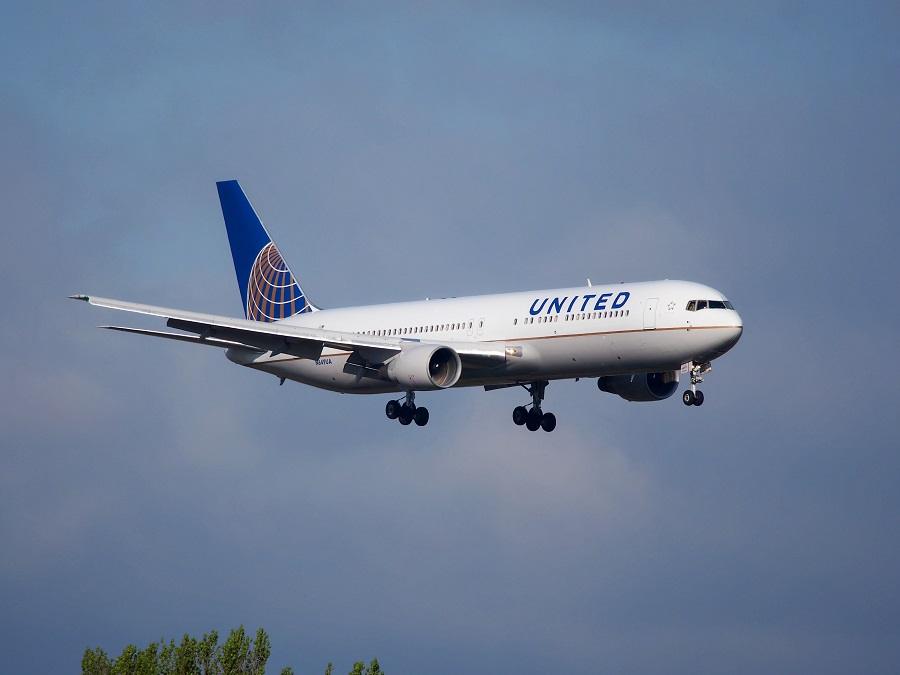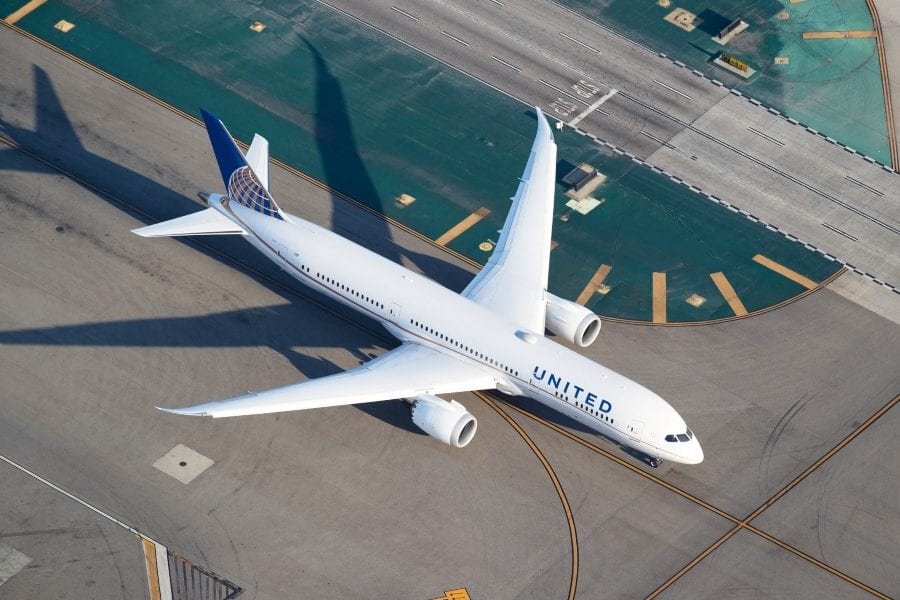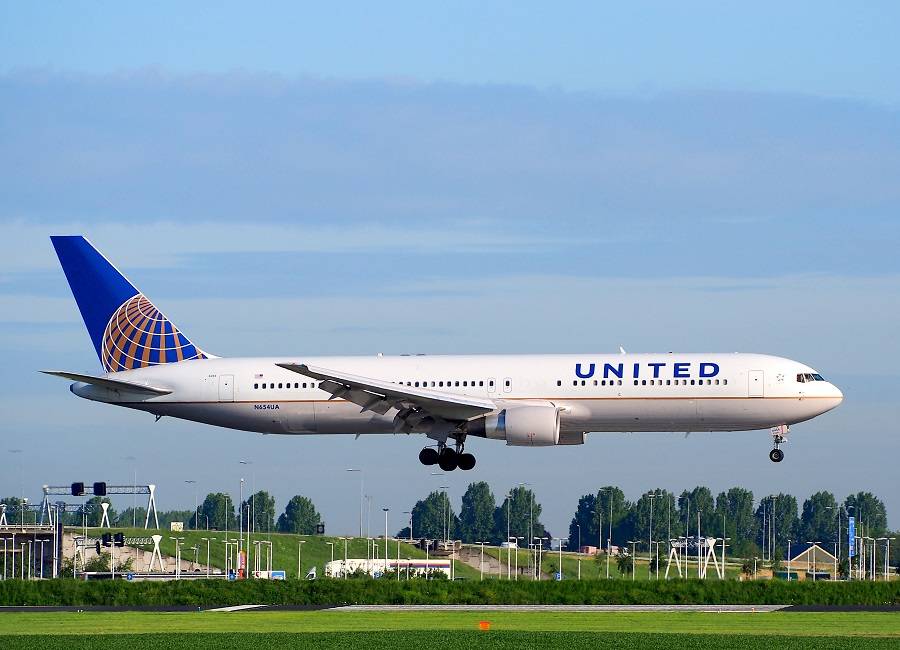Airlines generally expect long-haul flying to lag well behind short and medium haul recovery, but United seems to disagree! The airline hopes to have a post-covid advantage, with its widebody fleet.
Among its other ‘qualities’, 2020 was the year of aircraft retirements – often with little fanfare, if any. Airlines in the US and elsewhere brought forward plans to retire entire fleet types. All of these types were large, twin-aisle aircraft – with the possible exception of the 757. However, United Airlines did not retire any long-haul types in 2020.

United Airlines closed bases, furloughed staff and stored many aircraft, but avoided early long-haul retirements, so far. Even their 757s got a stay of execution. The airline intends to replace them with Airbus A321LR and XLR models. But last year they deferred deliveries of these aircraft until 2024. Beyond that, the airline still has its 767 and 777 fleets. They even have plans to retrofit the 767s with new interiors, in-line with similar plans for their newer 787s.
United Airlines’ Long-Haul Difference
So, what is the catch? What are United Airlines planning about their long-haul fleet, that others aren’t? The short answer appears to be… exactly that. Simply put, the airline is zigging where others are zagging. United Airlines believe that bulk retirements of jets will reduce long-haul capacities enough, to give them a competitive advantage. The airline’s Chief Commercial Officer Andrew Nocella, analyzed their strategy as follows:
“There are simply fewer widebody aircraft in the fleets around the world. There’s, in particular, fewer of the very large ones with the very large business-class cabins.”

But adopting this long-haul strategy has not been easy for United Airlines. Starting last October, the airline furloughed 13,000 people. This was on top of voluntary leaves of absence and early retirements. The re-introduction of payroll aid from the US government allowed the airline to bring back these employees.
But even when this happened, the airline warned that recalls would inevitably be temporary. The end of this payroll aid will see more furloughs. However, the airline is now offering more options for voluntary leave to its employees. And they are making these options more attractive, by tailoring them to pilots of different age groups. Employees can pick between pay or health benefits. Options with pay did not exist in previous voluntary leave packages.
Leases, Expectations and Patience
United Airlines has one factor helping its long-term, long-haul plans: a very low number of leased jets. The airline owns the vast majority of its fleet, especially its long-haul types. As we have seen, this means that they are not bleeding cash as much as some other airlines. Of course they have had to park very large numbers of these aircraft. But parking is not as costly as a lease.

Unsurprisingly, the airline is among those calling for the restart of international travel in the US. United Airlines has participated in initiatives promoting the opening of long-haul travel via pre-flight testing. They have an app called ‘common pass’, to help passengers store and provide testing and other information to airport authorities. New rules for quarantines may dampen these efforts in the short-term, however.
But the airline is patient. Demand for travel is still low, with the pandemic still very much present and new variants of the virus at large. But United believes that once vaccinations gather pace, towards the summer, all airlines will see long-haul demand rise dramatically. They are estimating a rise to 85-90% of 2019’s demand late in the summer. If this comes true, it will be a remarkable turnaround for the industry.
Time will tell. United Airlines clearly still see themselves as a long-haul airline. And if their strategy plays out, they may very well have an edge that their competition will need valuable time, to threaten.



